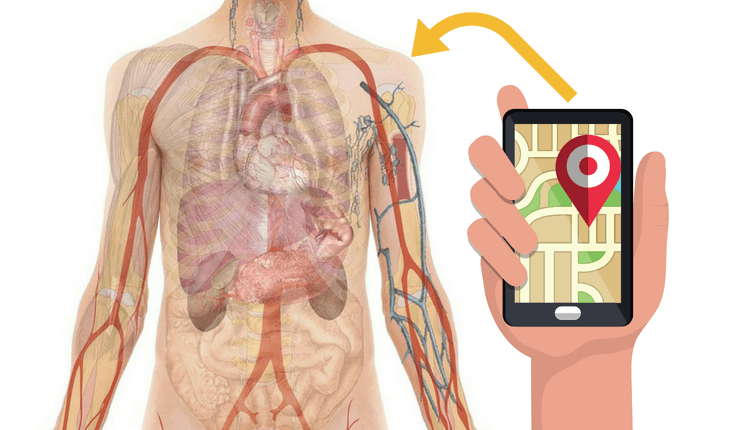GPS for Tracking Internal Systems in the Human Body

When traveling through an unknown territory, we install a GPS in our car. What if we have a similar GPS installed inside our body as well? Researchers from MIT’s Computer Science and Artificial Intelligence Laboratory (CSAIL) have invented an in-body GPS. “ReMix” sends out low-power wireless signals to detect the location of ingestible implants within the body. The MIT researchers tested ReMix by implanting a marker inside animal tissues. Upon sending signals from a wireless device to the marker, the researchers could track its exact position within the tissues with the help of an algorithm. The most important application of this procedure is in proton therapy used during cancer treatment. Finding out the exact location of the tumor will help in sending out the radiation selectively to the affected cells. However, one major drawback of this procedure is that the signals sent out by the marker might get overlapped with those sent out by our skin cells.
To know more, click here now!









